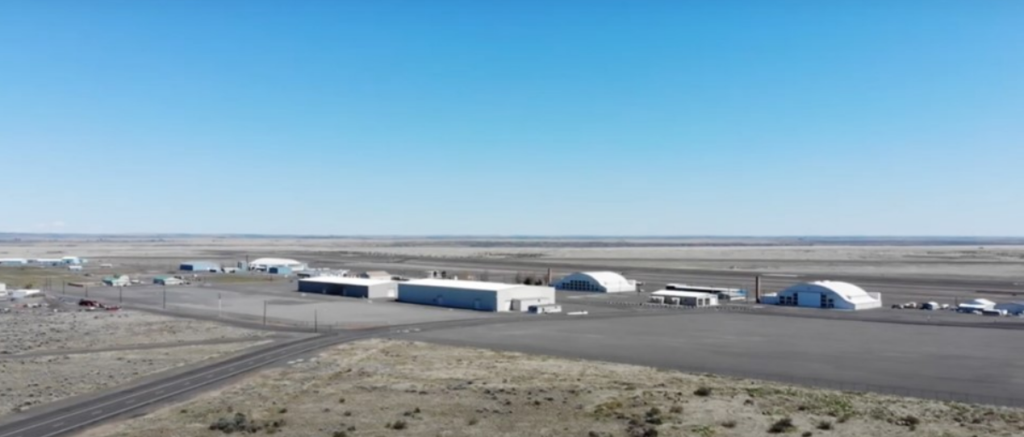
Preserving the Past While Building for the Future.

Port Spotlight: Port of Ephrata on Preserving the Past while Building for the Future

Formerly a WWII U.S. Army base, the Port of Ephrata is home to an airport, rail warehouse complex, and industrial park.
Ephrata, Washington, located in Grant County almost exactly in the center of Washington State, is a bustling, growing community with a 2,200 acre-port district just east of town. A former U.S. Army base during WWII, the Port of Ephrata consists primarily of an airport, rail warehouse complex and an industrial park. With an ambitious vision for the future, the Port has not lost sight of its original identity and the pride that this community has in the facility.
“We’re in a growth mode,” said David Lanman, Executive Director of the Port of Ephrata, “I came on board in March of last year with the objective of elevating the airport to be economically viable.”
With his Commission, Lanman has created a five and ten-year growth plan that will serve as a blueprint in which to guide future development, in accordance with the Federal Aviation Administration and Washington State Department of Transportation. Elevating the airport to economic viability, for example, has meant improvements to current facilities are on the horizon but also the Port being aggressive in its outreach and coordination of public and private sector partners regarding future project development.

A jet on the runway of the Port of Ephrata
According to Lanman, “Ephrata has been mostly overlooked by private and political interests. However, with a near-complete turnover of leadership over the past couple of years, a new vision has spurred the Port to start rattling some cages and announce its presence.”
To start, the Port pivoted from some projects that were in progress upon Lanman’s arrival to ones that catered to attracting outside users/tenants. As such, the Port is positioning itself to be competitive in aircraft space, i.e., commercial-sized hangars. The objective is to take advantage of the lack of aircraft hangar space being experienced in Western Washington. Ephrata has a lot to offer via favorable flying conditions on average, along with the low overhead cost of operating out of the Port.
To work within budgetary restrictions, the Port must be strategic about upgrades. The lack of Jet-A fuel was a major limiting factor for the airport, so Lanman immediately pushed for funding to move forward with the installation of a 20,000-gallon tank to serve the needs of numerous current and potential users that had been negatively affected by the lack of such. The tank is to be installed and fully operational by August 2024 (currently Jet-A is being offered via a temporary “pump trailer”). Lanman also convinced the Port to save the three WWII hangars (30,000 sq ft x two and 45,000 sq ft, respectively) from being demolished and instead include the structures as part of the airport’s future. The decision to save the hangars also will preserve the history that these beautiful buildings represent.
With several projects being planned currently, the Port takes its responsibility seriously in not only balancing the responsibility of preserving the past, but strategically planning for future growth to compliment both efforts,” said Lanman. “The future is very promising for the Port of Ephrata. It’s exciting to visualize where this Port will be and what achievements it will make in the next five to ten years”.
From the July WWPA Port Manifest
